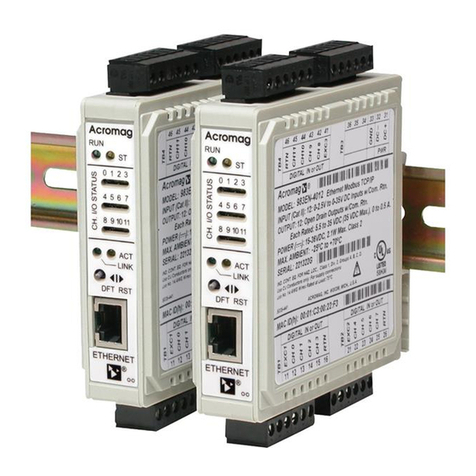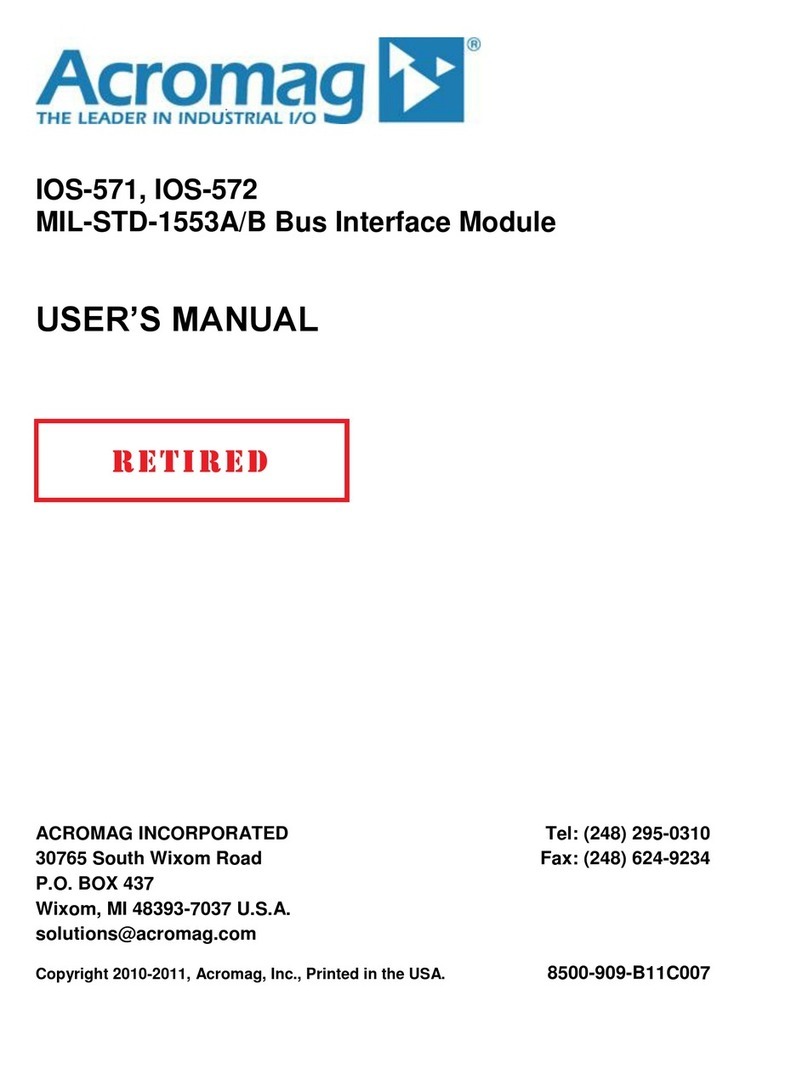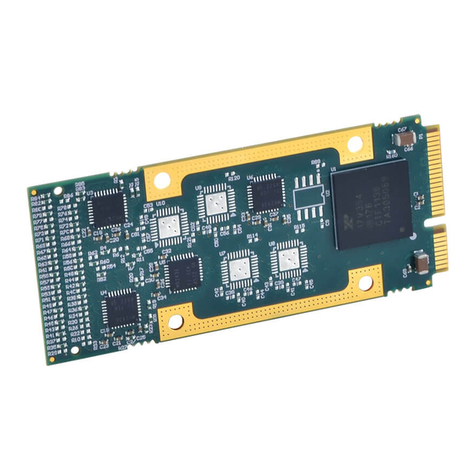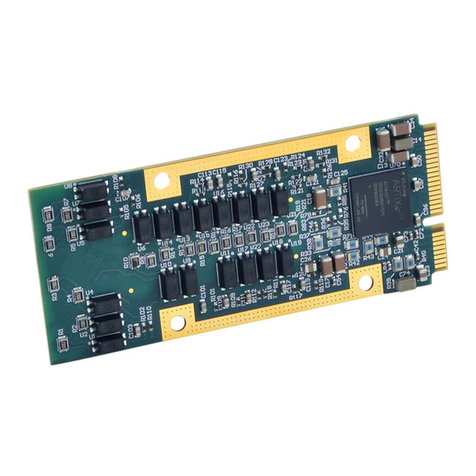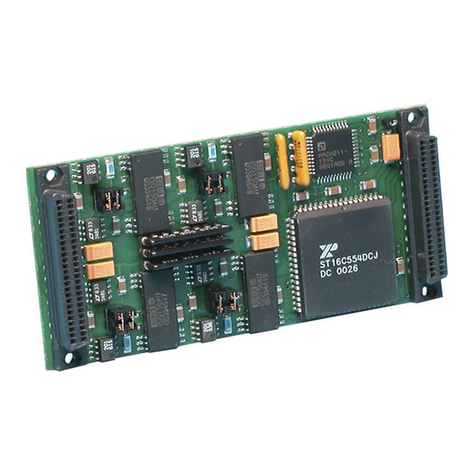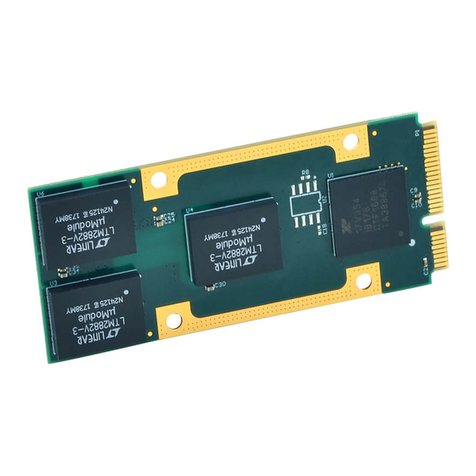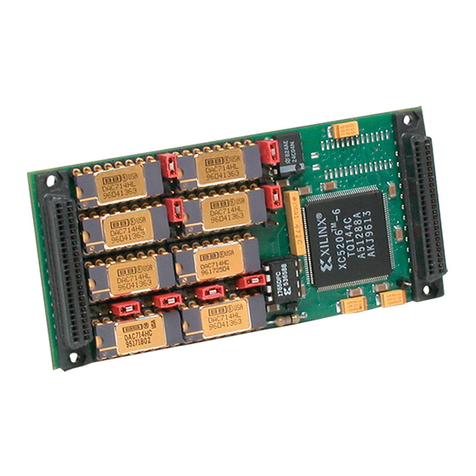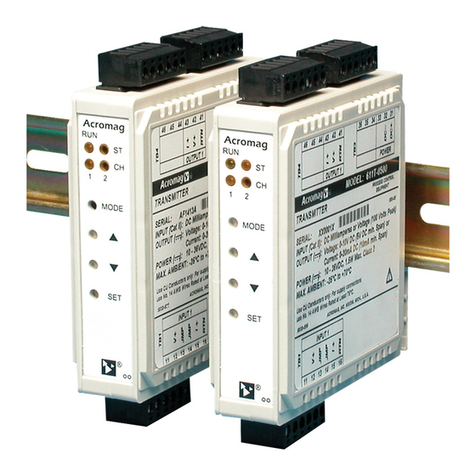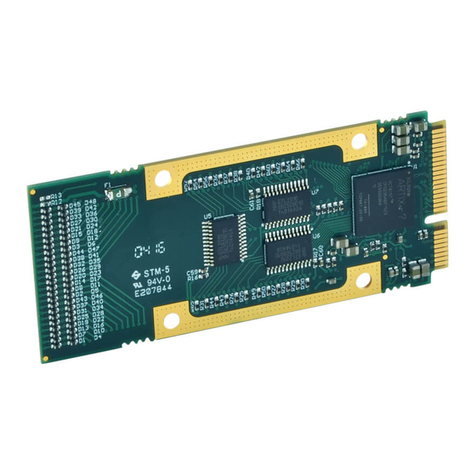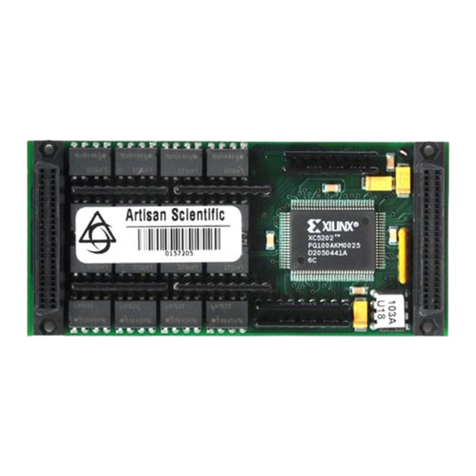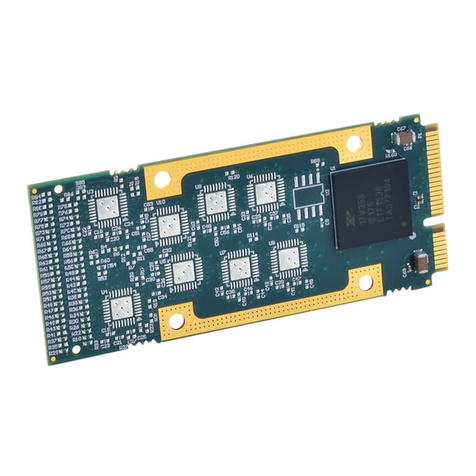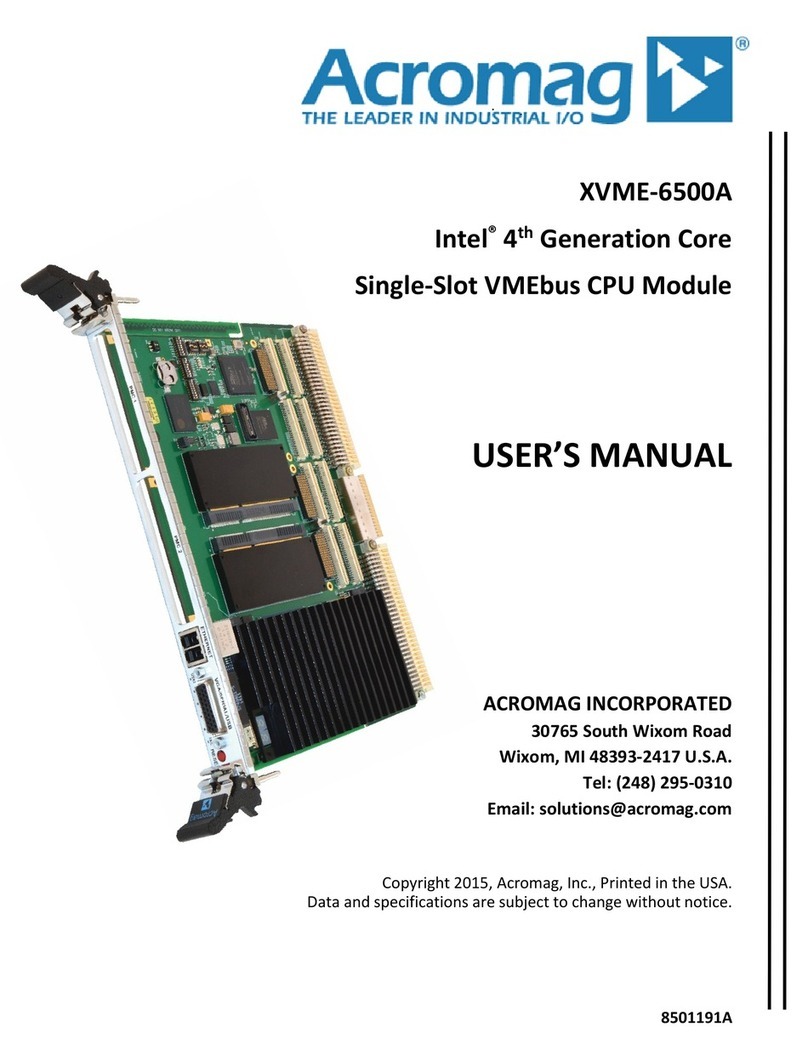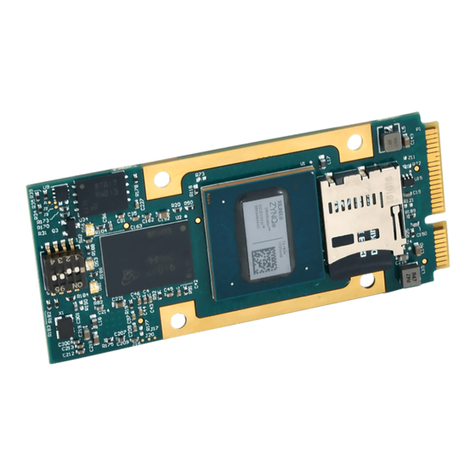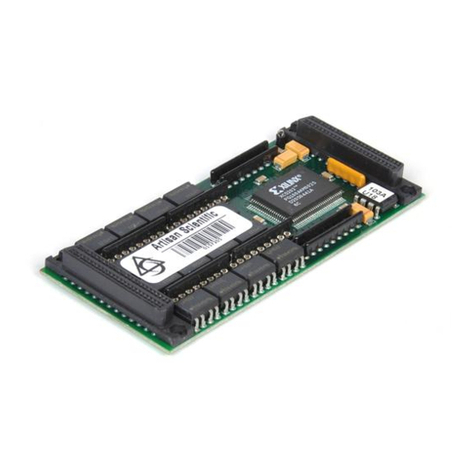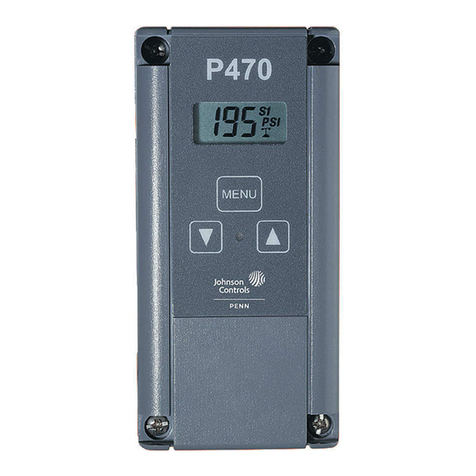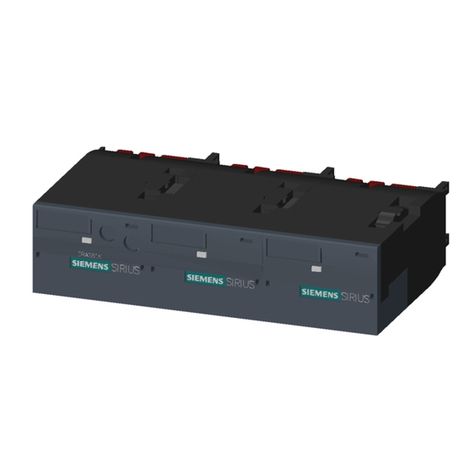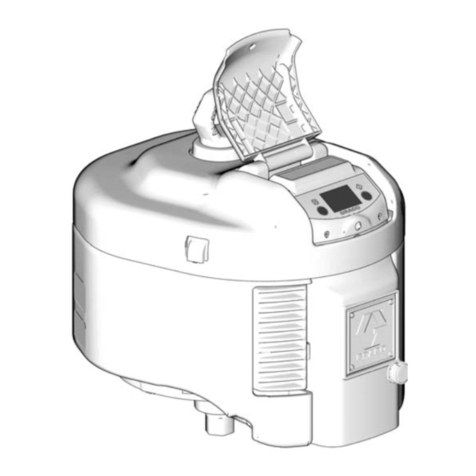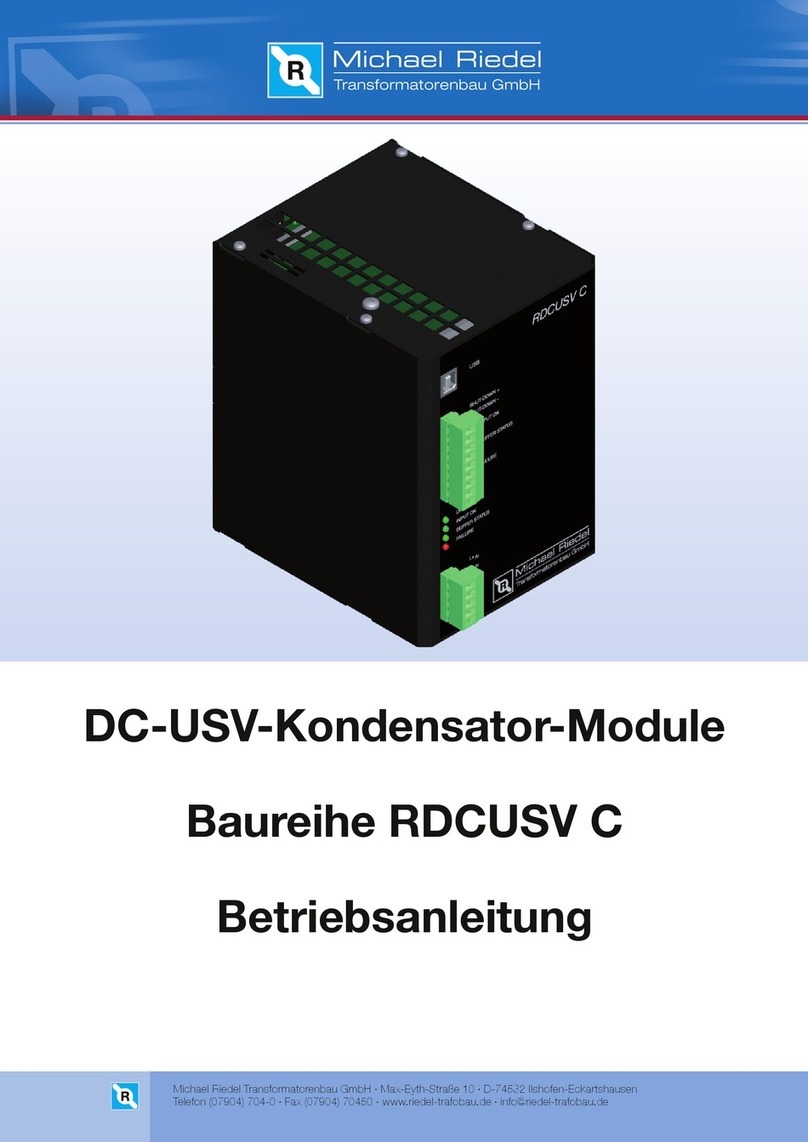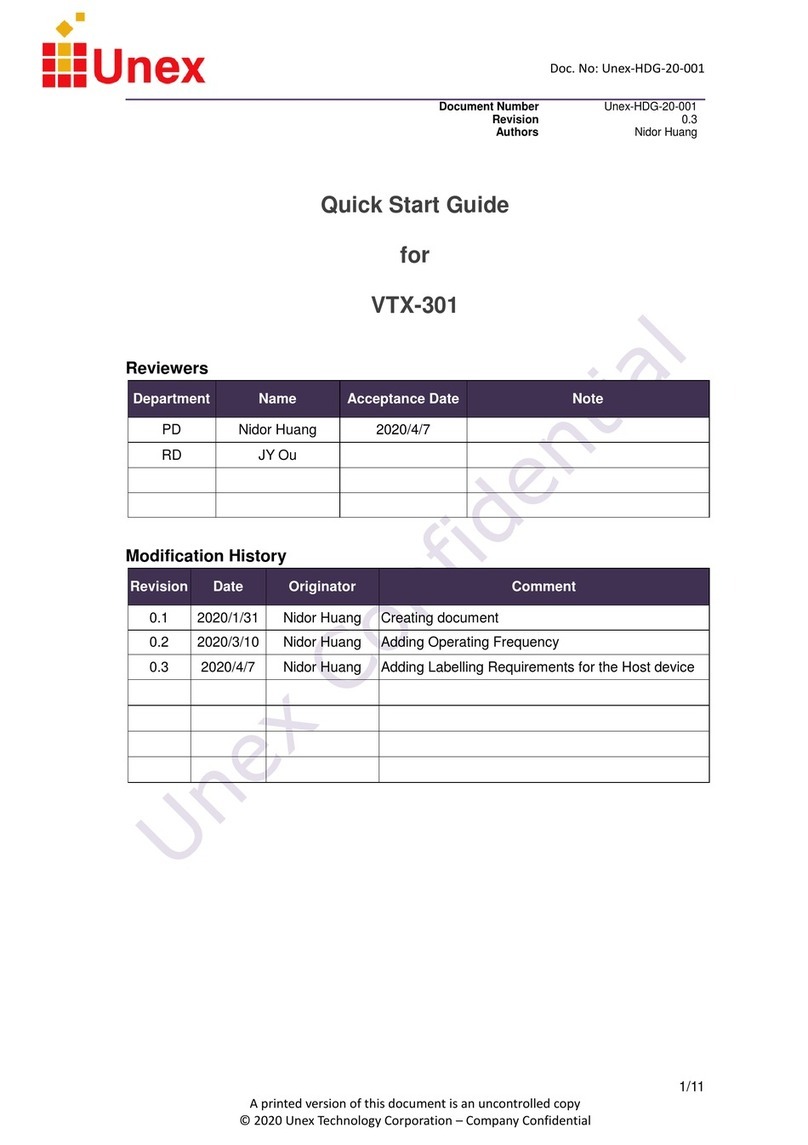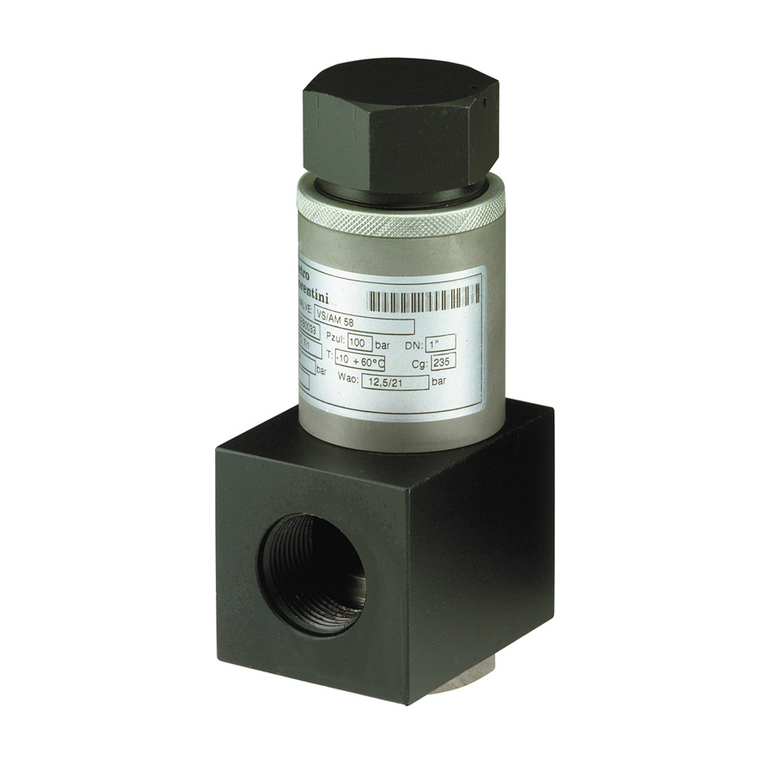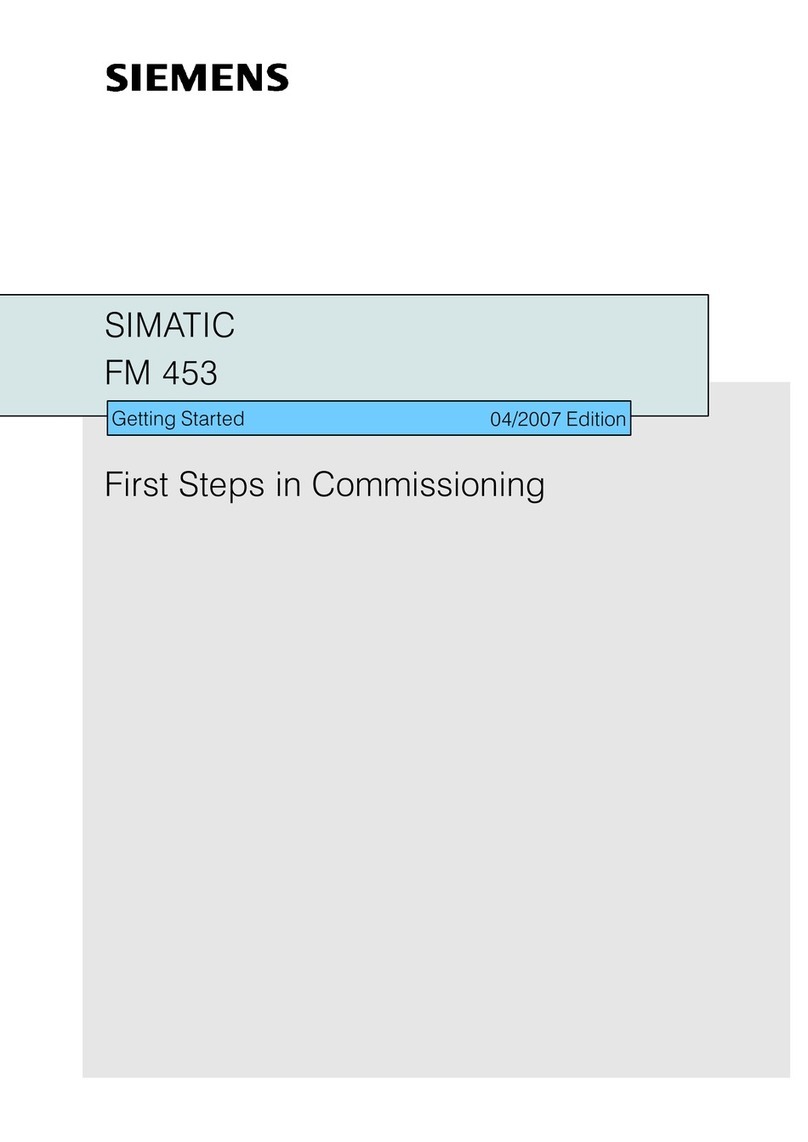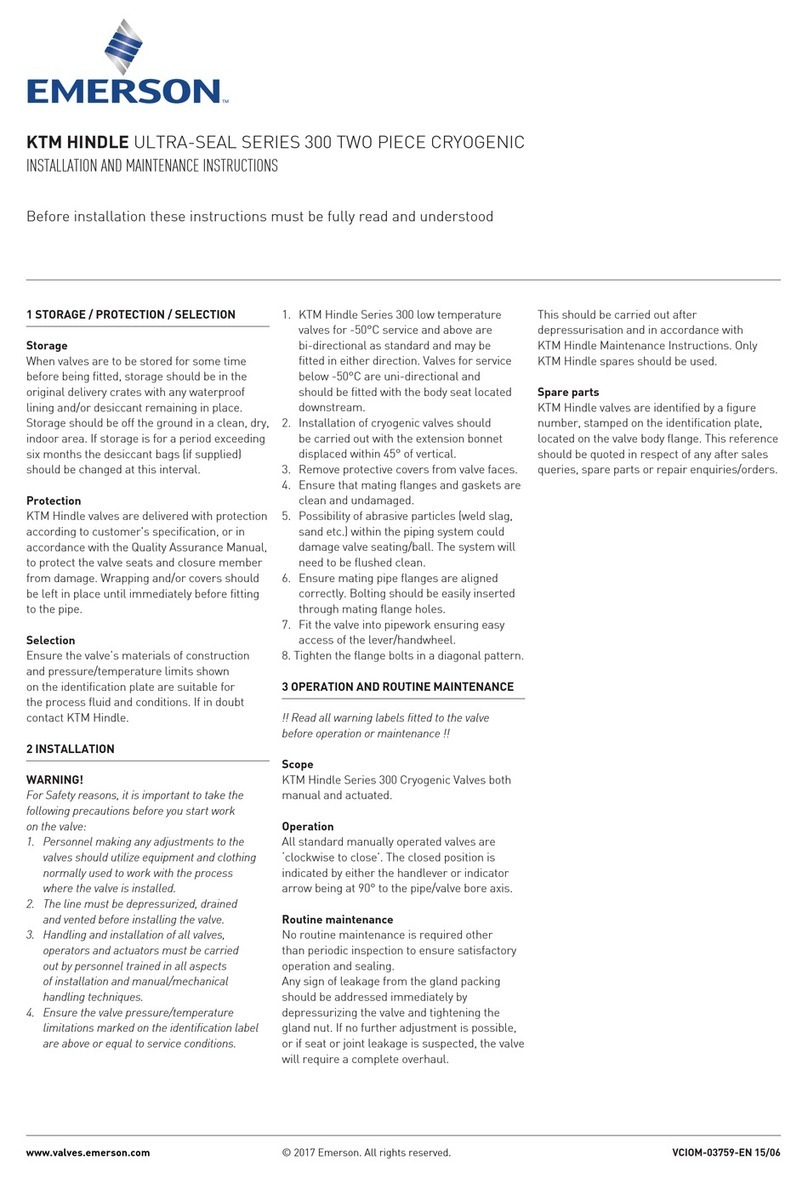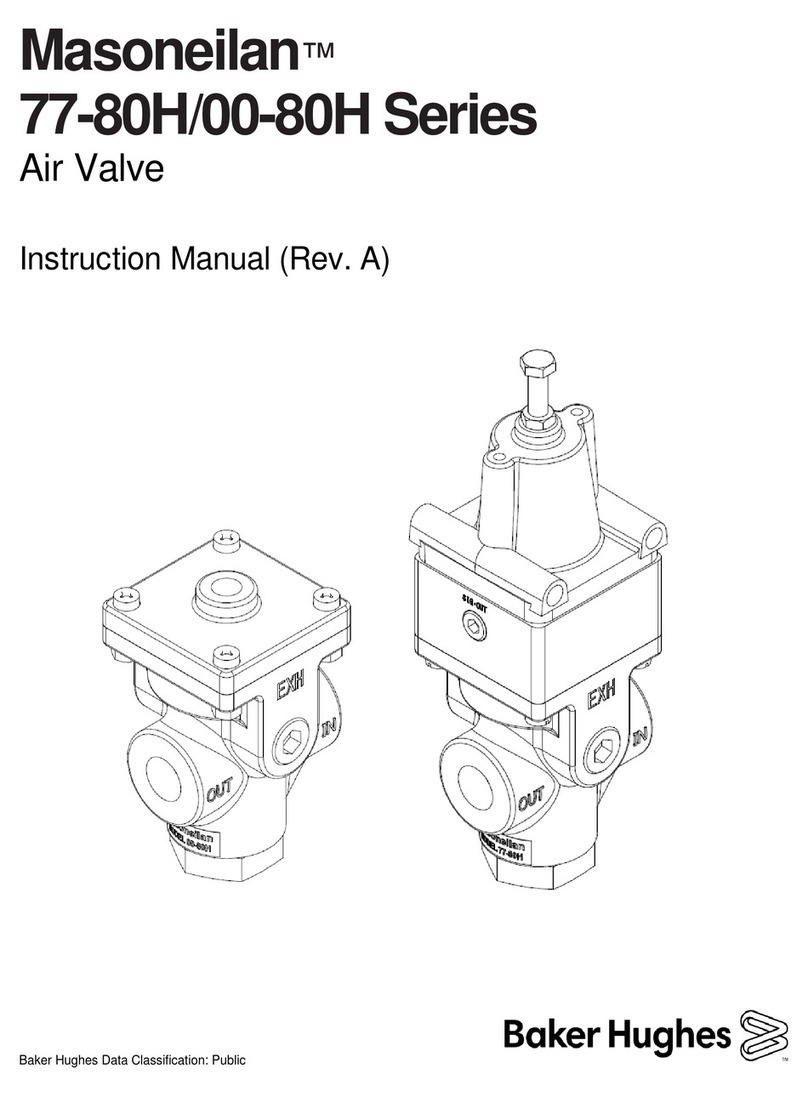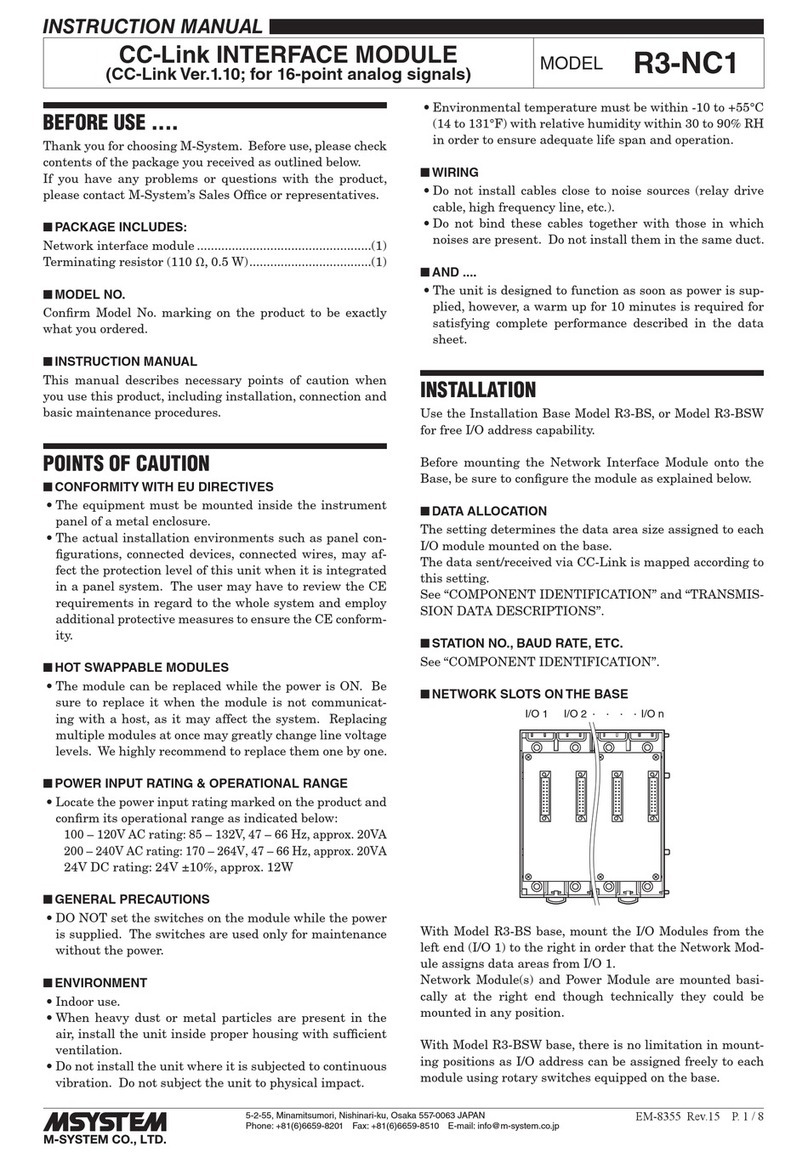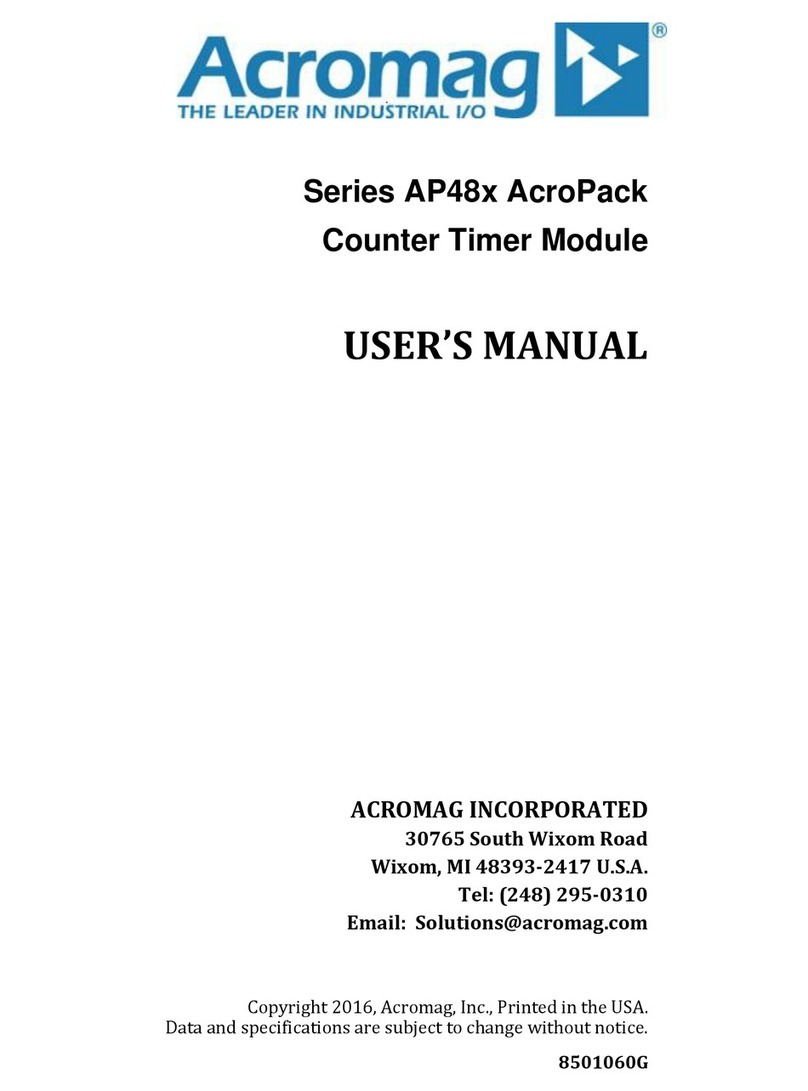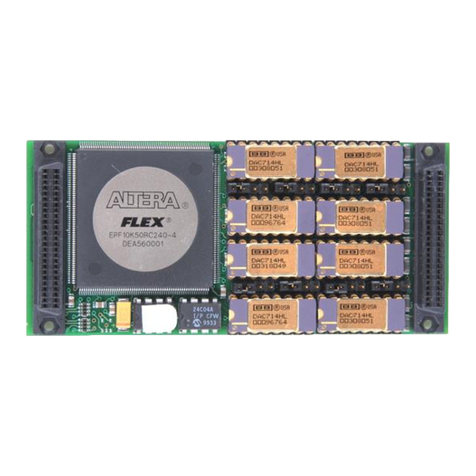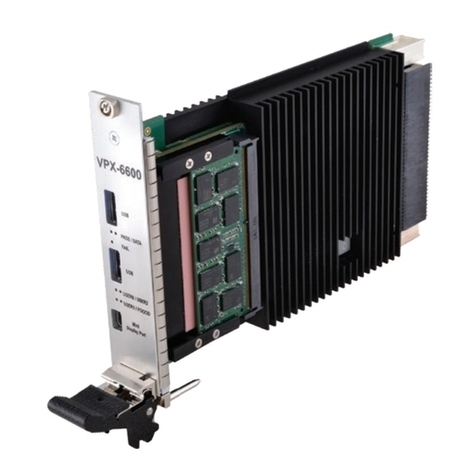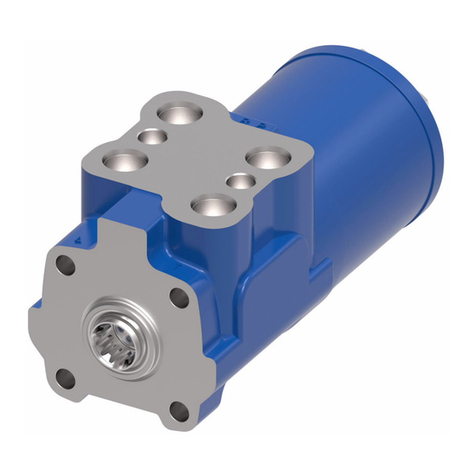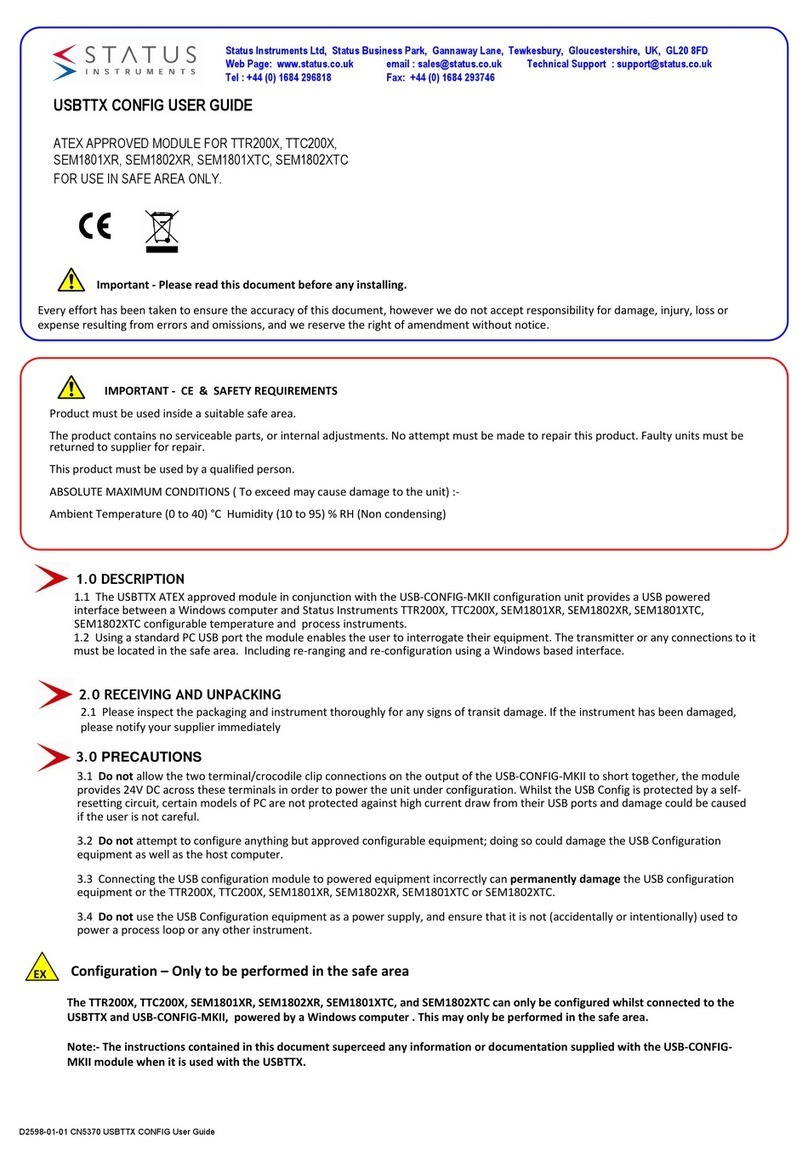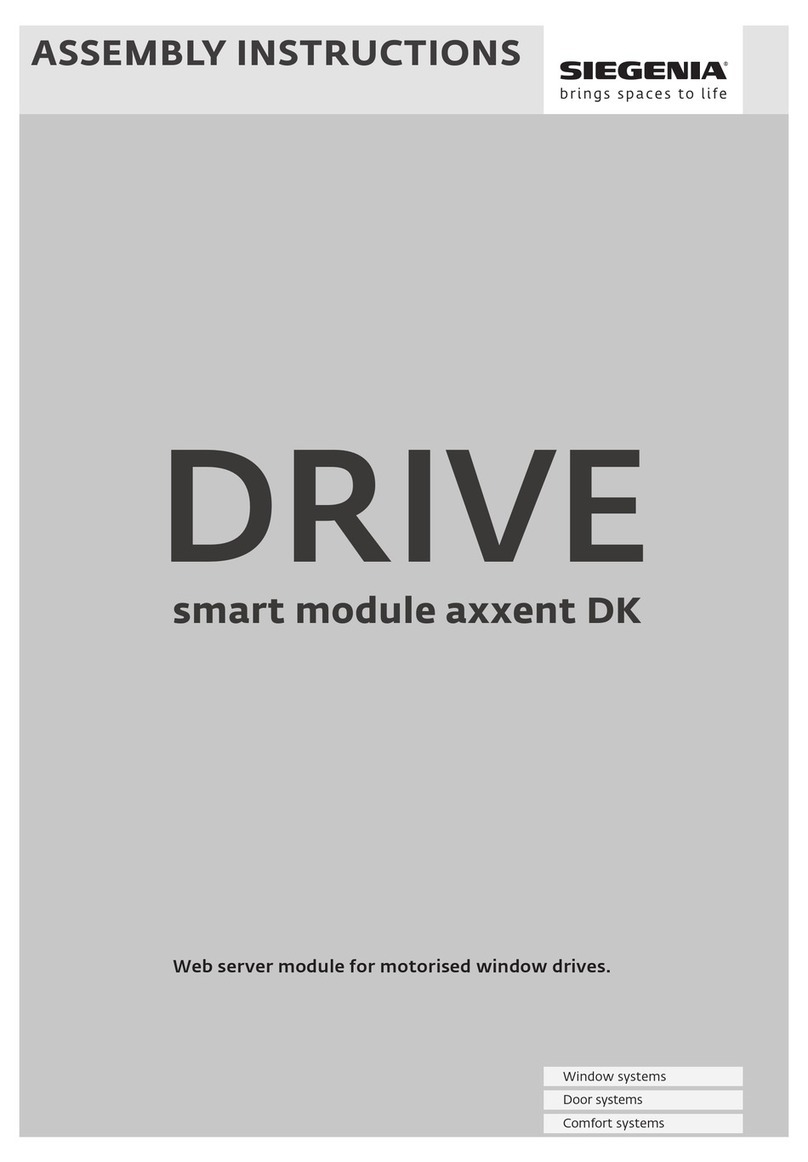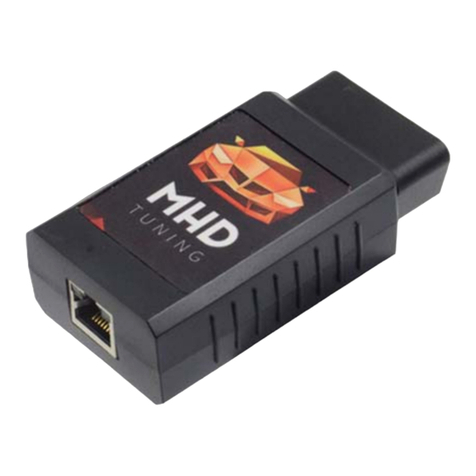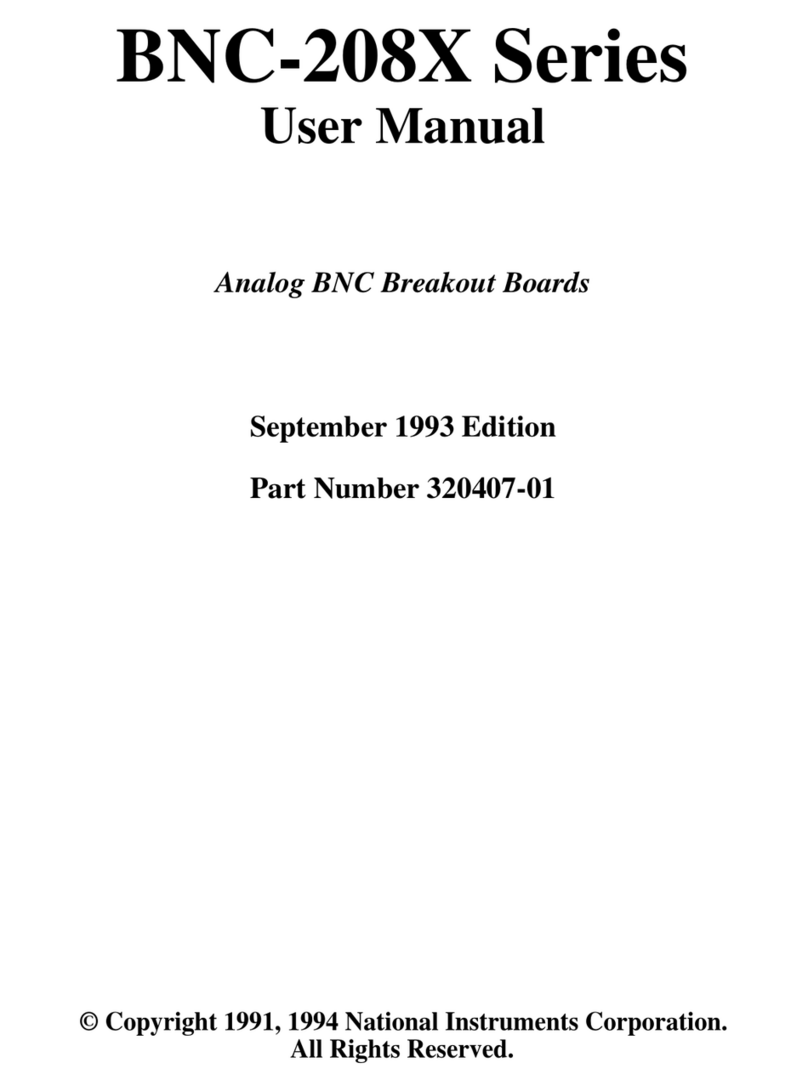
SERIES IP502 INDUSTRIAL I/O PACK QUAD EIA RS-485 SERIAL COMMUNICATION MODULE
___________________________________________________________________________________________
- 15 -
9. The host should begin writing data repeatedly to the Transmitter
Holding Register.
This loads the transmit FIFO and initiates transmission of serial
data on the TxD line. The first serial byte will take about 100us
to transmit, so it is likely that the transmit FIFO will fill before the
first byte has been sent.
10. Stop loading the transmit buffer, then write 00H to the Modem
Control Register (MCR).
This clears the Request-To-Send bit and releases the RTS*
signal line, disabling the transceiver for data output.
11. Read data repeatedly from the Receiver Buffer Register.
Provided data has been received.
After 14 bytes have been received (or fewer bytes with a
timeout), an interrupt will be generated if the host CPU has not
unloaded the receive FIFO.
4.0 THEORY OF OPERATION
This section contains information regarding the EIA-485 serial
data interface. A description of the basic functionality of the circuitry
used on the board is also provided. Refer to the Block Diagram
shown in Drawing 4501-557 as you review this material.
EIA-RS485 SERIAL INTERFACE
The Electronic Industries Association (EIA) introduced EIA-
RS485 as a balanced (differential) serial data transmission interface
standard for the interchange of binary signals in multipoint
interconnection of digital equipments. Multiple generators and
receivers may be attached to a common interconnecting cable as
shown in Drawing 4501-558.
The EIA-RS485 interface specifies a balanced driver with
balanced receivers. Balanced data transmission refers to the fact
that two conductors are switched per signal and the logical state of
the data is referenced by the difference in potential between the two
conductors, not with respect to signal ground. The differential
method of data transmission makes EIA-RS485 ideal for noisy
environments since it minimizes the effects of coupled noise and
ground potential differences. That is, since these effects are seen
as common-mode voltages (common to both lines), not differential,
they are rejected by the receivers. Additionally, balanced drivers
have generally faster transition times and allow operation at higher
datarates over longer distances.
The EIA-RS485 standard defines a bi-directional, terminated,
multiple driver and multiple receiver configuration. Half-duplex
operation is provided by the sharing of a single data path for transmit
and receive. The maximum data transmission cable length is
generally limited to 4000 feet without a signal repeater installed.
EIA-RS485 is electrically similar to EIA/TIA-422B, except that
EIA/TIA-422B supports full-duplexed single driver multiple receiver
operation (see Acromag Model IP501).
With respect to EIA-485, logic states are represented by
differential voltages from 1.5 to 5V. The polarity of the differential
voltage determines the logical state. A logic is represented by a
negative differential voltage between the terminals (measured A to B,
or + to -). A logic 1 is represented by a positive differential voltage
between the terminals (measured A to B, or + to -). The line
receivers convert these signals to the conventional TTL level.
Start and stop bits are used to synchronize the receiver to the
asynchronous serial data of the transmitter. The transmit data line is
normally held in the mark state (logical 1). The transmission of a
data byte requires that a start bit (a logical 0 or a transition from
mark to space) be sent first. This tells the receiver that the next bit
is a data bit. The data bits are followed by a stop bit (a logical 1 or a
return to the mark state). The stop bit tells the receiver that a
complete byte has been received. Thus, 10 bits make up a data byte
if the data character is 8 bits long (and no parity is assumed). Nine
bits are required if only standard ASCII data is being transmitted (1
start bit + 7 data bits + 1 stop bit). The character size for this
module is programmable between 5 and 8 bits.
Parity is a method of judging the integrity of the data. Odd,
even, or no parity may be configured for this module. If parity is
selected, then the parity bit precedes transmission of the stop bit.
The parity bit is a 0 or 1 bit appended to the data to make the total
number of 1 bits in a byte even or odd. Parity is not normally used
with 8-bit data. Even parityspecifies that an even number of logical
1’s be transmitted. Thus, if the data byte has an odd number of 1’s,
then the parity bit is set to 1 to make the parity of the entire character
even. Likewise, if the transmitted data has an even number of 1’s,
then the parity bit is set to 0 tomaintain even parity. Odd parity
works the same way using an odd number of logical 1’s. Thus, both
the transmitter and receiver must have the same parity. If a byte is
received that has the wrong parity, an error is assumed and the
sending system is typically requested to retransmit the byte. Two
other parity formats not supported by this module are mark parity
and space parity. Mark parity specifies that the parity bit will always
be a logical 1, space parity requires the parity bit will always be 0.
The most common asynchronous serial data format is 1 start bit,
8 data bits, and 1 stop bit, with no parity. The following table
summarizes the available data formats:
START BIT Binary 0 (a shift from “Mark” to “Space”)
DATA BITS 5,6,7, or 8 Bits
PARITY Odd, Even, or None
STOP BIT Binary 1 (1, 1-1/2, or 2 Bit times)
With start, stop, and parity in mind, for an asynchronous data
byte, note that at least one bit will be a 1 (the stop bit). This defines
the break signal (all 0 bits with a 1 stop bit lasting longer than one
character). A break signal is a transfer from “mark” to “space” that
lasts longer than the time it takes to transfer one character.
Because the break signal doesn’t contain any logical 1’s, it cannot be
mistaken for data. Typically, whenever a break signal is detected,
the receiver will interpret whatever follows as a command rather than
data. The break signal is used whenever normal signal processing
must be interrupted. In the case of a modem, it will usuallyprecede
a modem control command. Do not confuse the break signal with
the ASCII Null character, since a break signal is longer than one
character time. That is, it is any “space” condition on the line that
lasts longer than a single character (including its framing bits) and is
usually 1-1/2 to 2 character times long.




















